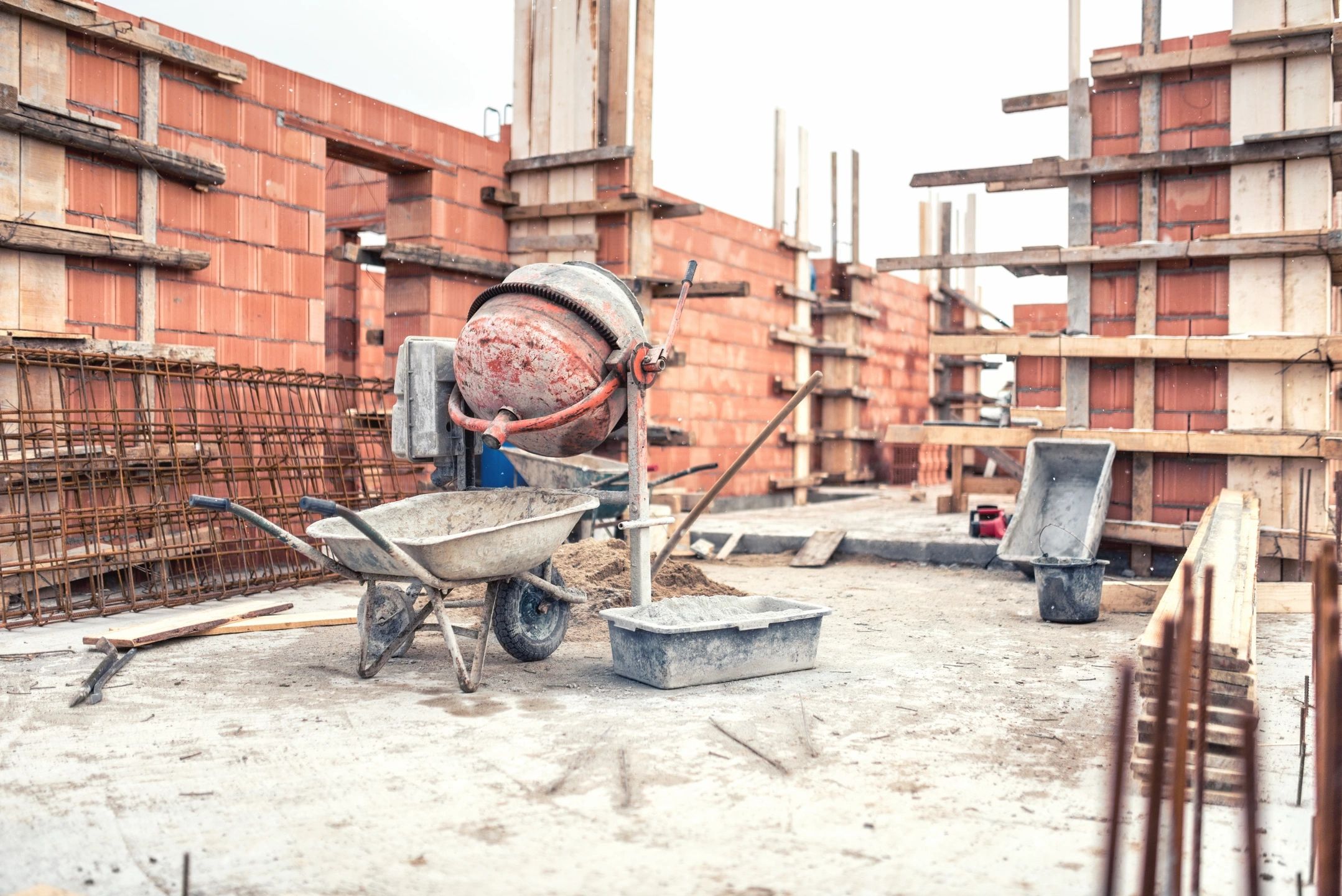What is Subsidence?
It is the sudden sinking or gradual downward settling of the grounds surface.
When part or all of a building begins to sink into the ground causing strain to the building forming cracks. This damages the structure and foundations of the building making it dangerous to live in and liable to further problems such as flooding, roofing issues, plumbing and electrical problems.
What causes a house to subside?
Soil shrinkage, extreme wet or dry weather, nearby activity such as mining, age of property, nearby trees and plants, leaking pipes and drains. Home built on clay is very susceptible to subsidence during dry summer due to plants absorbing any available moisture from the soil, causing cracks to appear in walls, building shifting upon their foundations. In addition, If water is not properly drained from the house, the ground below can become oversaturated and can often its load bearing capacity.
Common signs of a house subsiding:
House developing cracks, by means of natural shrinking and expanding of the property throughout the year:
- Diagonal
- Occurring close to doors and windows
- Visible both internally and externally
- Wider at the top than the bottom
- Wider than average – often as thick as 3mm
- Wallpaper crinkling or peeling towards the veiling
- Doors and windows sticking due to warped frames
- Cracks where an extension meets the house
How to avoid subsidence:
- Ensure all drains and gutters are up to standard
- Large or invasive plants are kept at bay
Landlord and Tenant Responsibilities:
Tenants needs to inform landlords of any detected disrepair and notify them of the subsidence, this should be rectified by the landlord within 2-3 working days such as calling in professionals to deal with issues or carry out work themselves if capable and/or qualified to do so. If they fail to do this, you may be eligible to claim for disrepair against them.
Your landlord is responsible for maintaining and repairing the structure and exterior of the property under the Landlord and Tenant Act 1985. Your landlord is responsible for keeping the following in a safe state of repair:
· Windows and doors
· External walls
· The roof
· Drains, exterior pipes, guttering and water collection
· The foundation
Structural defects:
- Windows and door frames
- Floors
- Ceilings
- Internal and external walls (e.g. cracks)
- Leaking roof
- Staining or discolouration
Defects in the above area can cause issues such as damp and mould, which can attract vermin and pests causing sickness. Decay, mould, rot, damp and poor alterations and movement are some of the causes of structural damage that can lead to these problems arising. Other issues with structure of the property includes sinks, baths, toilets, pipes, wiring, heating, hot water, safety of gas and electrical appliances.
These must be alerted to your landlord, however, if done so and your landlord has not taken action to remedy the issues then NNE Law can assist you in making a claim.
Fit for purpose:
If the property is showing any of the following problems then it will not be considered fit for purposes:
- Pest or vermin infestation
- Faulty sewerage or drainage system
- Insufficient access to water
- Is in any way infested
- The property poses a health and safety risk to the tenants

